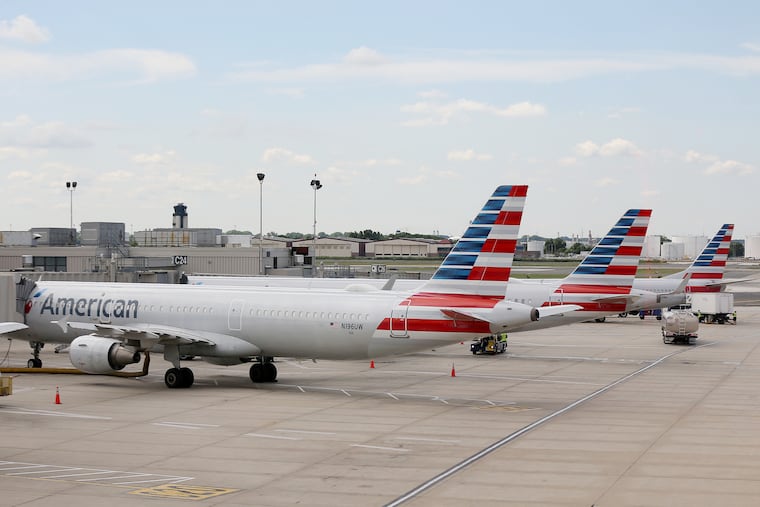Cargo flights from Philly are ramping up during the pandemic
American Airlines will begin to run 30-only cargo flights per week in September, to six European cities: Amsterdam, Frankfurt, Milan, Dublin, Rome, and Zurich.

American Airlines will begin to run 30-only cargo flights per week in September, to six European cities: Amsterdam, Frankfurt, Milan, Dublin, Rome, and Zurich.
